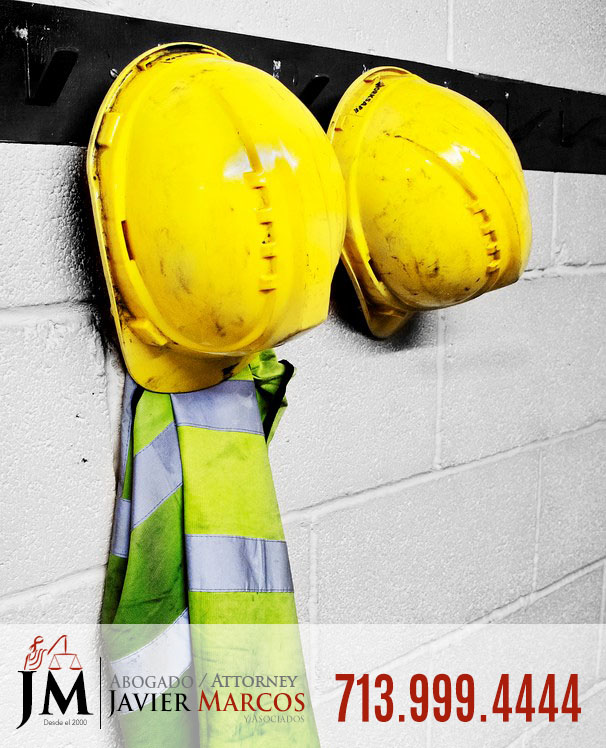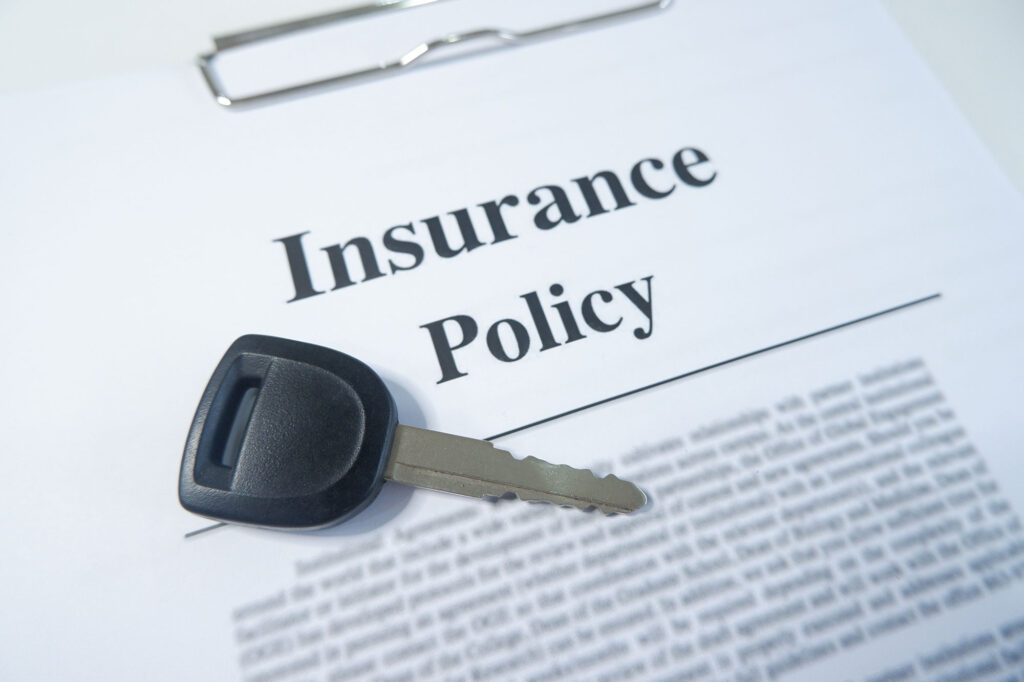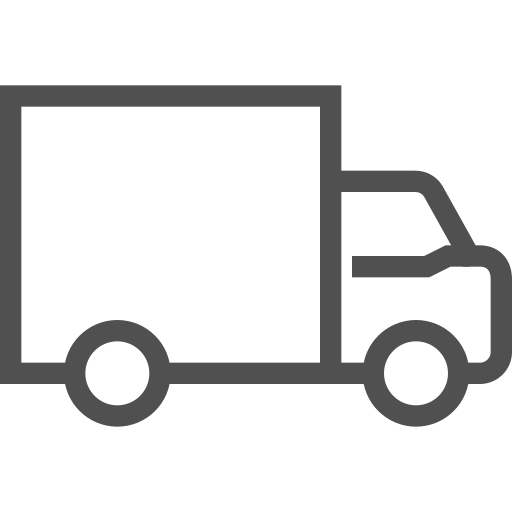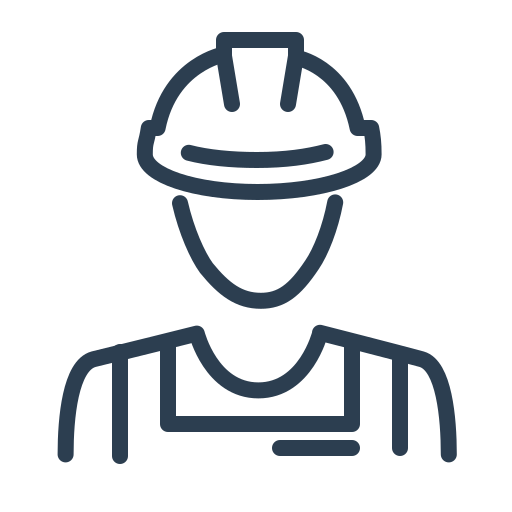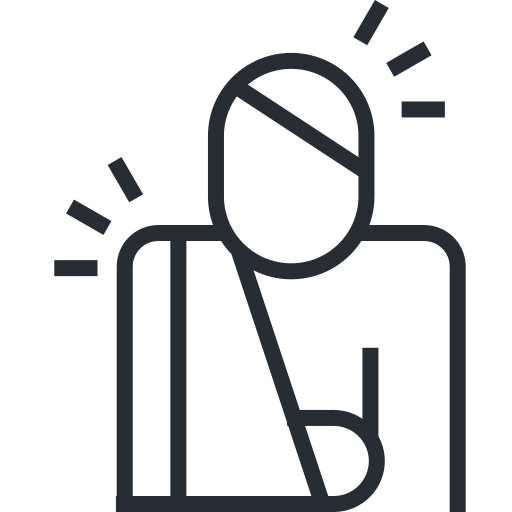Health and safety should always be one of the most important concerns of employers and employees alike. Government agencies heavily regulate workplace safety in most industries. Even with laws and guidelines, workplace accidents are still very common. And these accidents cost companies a lot of money. According to OSHA, the average cost of a workplace accident is over $40,000!
Common workplace accidents
Workplace accidents can vary significantly depending on the nature of the job, industry, and specific workplace conditions. However, some of the most common types of workplace accidents across various industries include:
Slips, Trips, and Falls: These accidents can occur due to wet or slippery floors, uneven surfaces, cluttered walkways, inadequate lighting, or improperly maintained staircases. They are prevalent across all types of workplaces.
Musculoskeletal Injuries: Repetitive strain injuries, back injuries, and strains/sprains often result from lifting heavy objects, performing tasks in poor ergonomically designed workspaces, or prolonged, repetitive motions.
Falling Objects: In industries involving construction, manufacturing, or warehouses, workers can be injured by falling tools, materials, or equipment. Failure to use proper protective gear or inadequate storage can contribute to these accidents.
Machinery Accidents: Employees working with heavy machinery, power tools, or industrial equipment are at risk of accidents involving entanglement, crush injuries, or getting caught in moving parts.
Vehicle-Related Accidents: Workers driving as part of their job, such as truck drivers, delivery personnel, or those in construction, are susceptible to accidents involving collisions, rollovers, or being struck by moving vehicles or machinery.
Exposure to Hazardous Substances: Chemical spills, inhalation of toxic fumes, or exposure to harmful substances can occur in industries dealing with chemicals, cleaning agents, or manufacturing processes, leading to respiratory problems, burns, or other health issues.
Electrical Accidents: Improperly maintained electrical systems or mishandling of electrical equipment can lead to electrical shocks, burns, or even electrocution.
Fire and Explosions: In industries dealing with flammable materials or gas, incidents involving fires or explosions can cause severe injuries and property damage.
Workplace Violence: Incidents involving physical altercations, assaults, threats, or harassment from colleagues, clients, or the public can occur in various workplace settings.
Forklift Accidents: Common in warehouse and industrial settings, accidents involving forklifts can occur due to operator error, improper training, or poor maintenance of equipment.
Preventing workplace accidents requires a proactive approach focused on proper training, implementing safety protocols, maintaining a hazard-free environment, providing necessary protective equipment, conducting regular safety inspections, and fostering a culture of safety among employees. Compliance with safety regulations and promptly addressing any identified hazards are crucial in reducing workplace accidents and ensuring employee well-being.
5 ways to prevent accidents in the workplace
There are some things that the company and you can do to help minimize accidents in the workplace. Nobody wants to be seriously injured. Here are some ways to help minimize the chance of a workplace accident.
- Perform regular risk assessments – companies and you as an employee should constantly perform risk assessments that identify risks and hazards in the workplace and steps to take to minimize those risks. It is a legal requirement for companies but you can help by identifying potential unsafe conditions.
- Inspect your equipment – if you work with or around equipment that is an integral part of your workspace, inspect it to ensure it is working properly and in good condition. For industries like construction, heavy machinery accidents can cause severe injuries and death.
- Safety training – companies should hold regular safety training sessions. Attend these and contribute if you see an area they have not addressed. Many times, companies just make a show of safety training so it may be on you to stay aware of safety issues and stay alert at work.
- Personal Protective Equipment (PPE) – if your job requires PPE, make sure it is in good shape and working condition. Although companies should have programs to maintain PPE, if you have been found negligent in maintaining it, they may have an avenue for deflecting liability. Report any defect you find immediately.
- Communication – just like in any situation, clear and concise communication can help tremendously to avoid accidents. From clear signs, to effective training, communicating a healthy safety policy can keep people from being injured at work.
If you have been injured at work, what can you do?
If you’ve been injured at work in Texas, there are several steps you can take to address the situation:
Seek Medical Attention: Your health and well-being should be your priority. Seek immediate medical attention for your injuries. Report all of your injuries, even if they seem minor at the time.
Notify Your Employer: Texas law typically requires injured workers to report their injuries to their employer within 30 days. Notify your employer or supervisor about the accident and your injuries as soon as possible. Failure to report the injury within the stipulated timeframe could affect your ability to claim workers’ compensation benefits.
File a Workers’ Compensation Claim: In Texas, employers can opt-out of carrying workers’ compensation insurance, but many employers do provide this coverage. If your employer has workers’ compensation insurance, you may be entitled to benefits such as medical care, wage replacement for missed work, and disability benefits. File a claim with your employer’s workers’ compensation insurance carrier.
Gather Evidence: Document the details of the accident, including the date, time, location, and circumstances. Take photos if possible, collect witness statements, and keep records of medical treatment and expenses related to your injury.
Follow Medical Advice: Adhere to the treatment plan prescribed by your healthcare provider. Attend all medical appointments, follow rehabilitation plans, and keep records of all medical documentation, including diagnoses, treatment plans, and bills.
Know Your Rights: Understand your rights under Texas workers’ compensation laws. You may have the right to select a treating doctor from a list provided by your employer or insurance carrier, and you’re protected from retaliation for filing a workers’ compensation claim.
Consult with an Attorney: If your claim is denied, your benefits are delayed, or if you encounter difficulties during the claims process, consider seeking legal advice from an attorney specializing in workers’ compensation. They can help protect your rights and navigate the complexities of the system.
It’s important to act promptly and follow the necessary procedures after a workplace injury in Texas to ensure you receive the appropriate medical care and any benefits you are entitled to under the law. Each case is unique, so seeking guidance from legal and medical professionals can help you understand your options and protect your interests.

